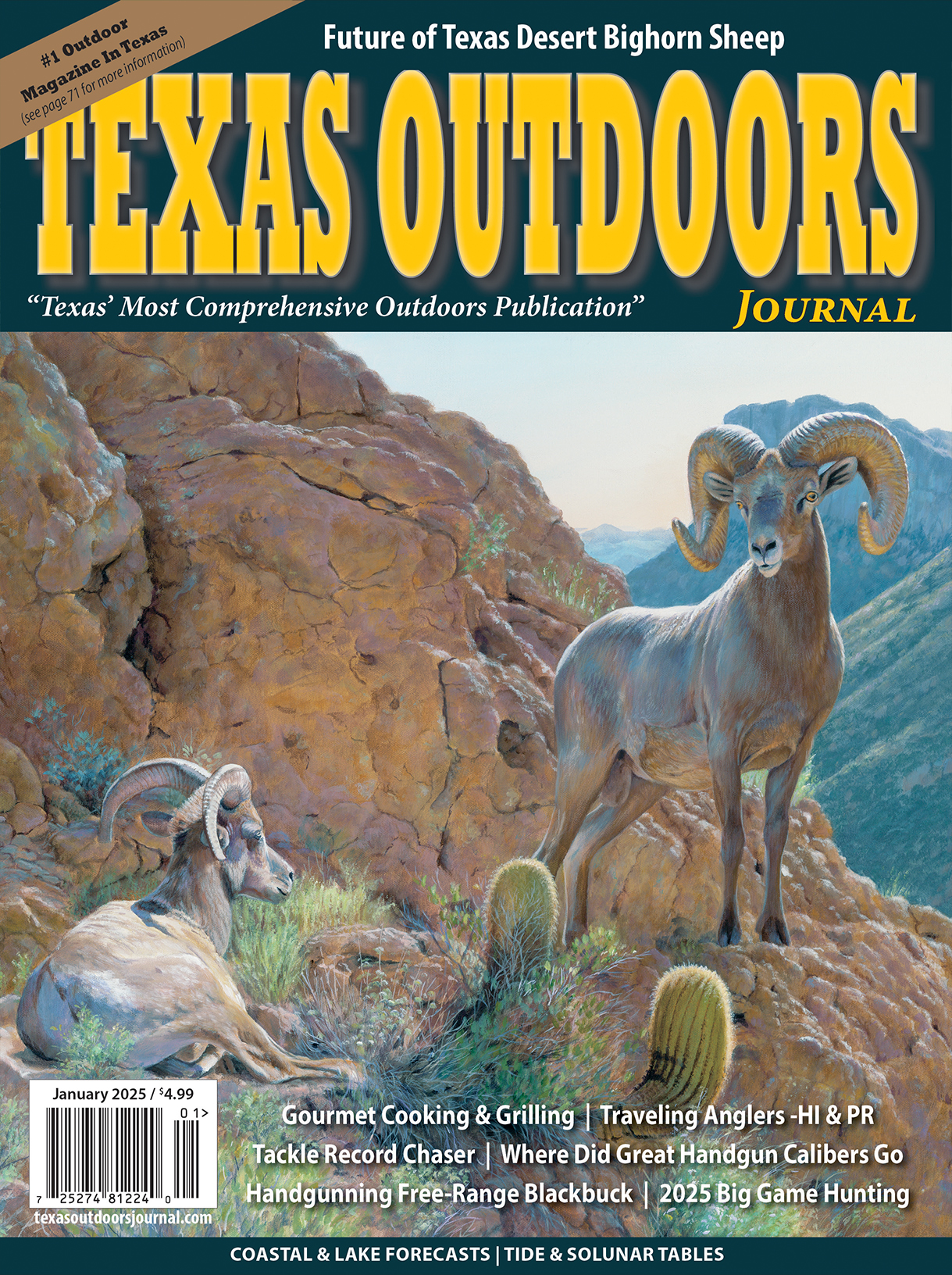
Texas receives funding to combat white-nose syndrome in bats
AUSTIN – The Texas Parks and Wildlife Department (TPWD) will receive $30,000 in grant funding from the U.S. Fish and Wildlife Service (FWS) to research and combat white-nose syndrome, a deadly disease affecting bats across North America.
The FWS grant, which consists of over $1 million divided among 37 states plus the District of Columbia, brings the total funding for white-nose syndrome response in the U.S. to $7 million over the past 8 years. Texas’ portion of the grant will be used for testing bats in Texas for signs of the disease, as well as developing methods to prevent the spread of the disease-causing fungus and treat any potentially affected bats.
TPWD has received funding from this grant for the past six years, and previously the grant has sponsored scientists to survey bats in Texas for the fungus that causes white-nose syndrome, Pseudogymnoascus destructans. Researchers from Bat Conservation International and Texas A&M University first detected the fungus on Texas bats in March of this year. Scientists found traces of it on three bat species in six north Texas counties.
So far, only the fungus itself was found on Texas bats, and biologists have not found any bats showing the physical effects of white-nose syndrome.
White-nose syndrome is a deadly disease that has killed millions of bats across the U.S. and Canada since it was first discovered in the U.S. in New York in 2007. The fungus has now been identified in 33 states, 31 of which have observed bats with symptoms of white-nose syndrome.
The disease is named for the characteristic white fungal growth often seen on the muzzle and wings of affected bats. The fungus infects hibernating bats causing them to consume their fat stores, leading to emaciation and death. It does not affect humans. White-nose syndrome can cause large portions of colonies to die off — some colonies in the eastern US lost over 90 percent of their bats to the disease.
Texas has the highest diversity of bats in the country, with 33 different species documented. Many of these species have never been exposed to the fungus and TPWD State Mammalogist Jonah Evans said it remains to be seen how the fungus might affect these Texas bats.
“We don’t know how susceptible they are going to be,” said Evans. “We don’t know if they are going to succumb to the disease, if they are going to show signs of infection or if they are going to be fine.”
Twenty of Texas’ 33 bat species, including the Mexican free-tailed bat, the iconic resident of Bracken Cave and the Congress Avenue Bridge in Austin, do not regularly hibernate, a fact which Evans said could work in their favor when it comes to white-nose syndrome. Still, Evans and other biologists are working to come up with plans for controlling the disease should it become a problem for Texas bats.
“We are pursuing a number of different treatment and management options,” Evans said.
He emphasized the importance of thoroughly researched plans, because cave environments are extremely sensitive and combating white-nose syndrome is not as clean-cut as simply spraying fungicide on bats hibernating in caves. Any solution will require extensive research and consideration for ecological effects. “We are going through a really intensive process to make sure we do it right,” he said.
Bats play an important role in agriculture, and an absence or decline in bat populations could have severe economic effects. The insect-eating services they provide save Texas farmers $1.4 billion annually, and between $3.7 and $53 billion nationwide, according to a study published in 2011 by the American Association for the Advancement of Science. These numbers reflect reduced crop losses to insect pests, less need for pesticide application, and reduced spread of crop diseases.
“Bats are beneficial in many ways,” said Jeremy Coleman, National White-nose Syndrome Coordinator for the U.S. Fish and Wildlife Service, in a press release. “While state natural resource agencies are on the front lines of bat conservation, many have limited options for responding to this devastating disease without these funds. Activities supported by state WNS grants have been critical to the national response.”
Grants such as this one are especially important for states that may not have the infrastructure to devote large amounts of time and money to study white-nose syndrome and monitor bats for signs of the disease.
“[TPWD] doesn’t have a full time bat biologist,” Evans said. “Bats are a small portion of what I do, and so we are going to use this money to build capacity within parks and wildlife to do more bat research.”
Texas Parks and Wildlife will continue to monitor the spread of the Pseudogymnoascus destructans fungus in collaboration with researchers at TAMU and bat conservation organizations. In order to track the spread of the fungus, TPWD is asking willing landowners for help locating and accessing bat caves and winter roosts. To report these locations, call TPWD at 512-389-4505.
In order to prevent the spread of the fungus, wildlife biologists recommend anyone entering a cave to abide by the decontamination protocols found at https://www.whitenosesyndrome.org/topics/decontamination.
For more information about the FWS grants, visit https://www.whitenosesyndrome.org/sites/default/files/files/2017_wns_state_grant_news_release_final.pdf.







